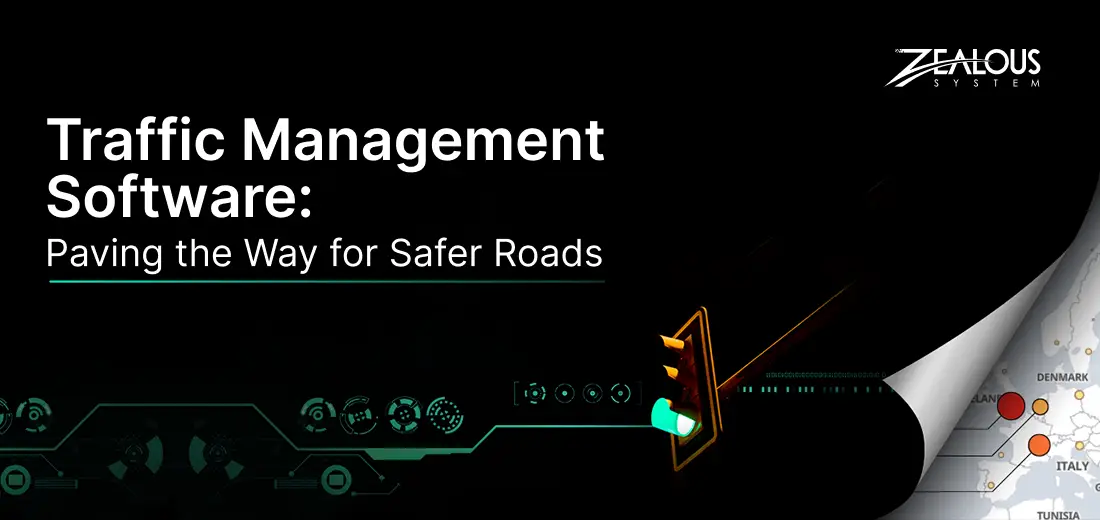
- Company
- Services
- UI/UX Design Services
- Microsoft Dynamics 365
- Mobile App Development
- AI Software Development
- Web App Development
- Generative AI Development
- Digital Product Development
- Enterprise Mobility
- SaaS Application Development
- Application Integration
- White-label WP Maintenance
- ERP Software Solutions
- Software Testing
- Offshore Development Center
- Let’s Connect
- Trending
- Technology
- Industry
- Build Your Team
- Our Work
- Company
- Services
- UI/UX Design Services
- Microsoft Dynamics 365
- Mobile App Development
- AI Software Development
- Web App Development
- Generative AI Development
- Digital Product Development
- Enterprise Mobility
- SaaS Application Development
- Application Integration
- White-label WP Maintenance
- ERP Software Solutions
- Software Testing
- Offshore Development Center
- Let’s Connect
- Trending
- Technology
- Industry
- Build Your Team
- Our Work
We use cookies and similar technologies that are necessary to operate the website. Additional cookies are used to perform analysis of website usage. please read our Privacy Policy
The Role of Traffic Management Software in Smart Cities

In an era of rapid urbanization, cities worldwide are facing the daunting challenge of managing traffic congestion and ensuring efficient transportation systems. As urban populations continue to grow, traffic-related issues have become a significant concern. Smart cities, leveraging technology and data-driven solutions, are at the forefront of addressing these challenges. Central to their success is the development and implementation of traffic management software, a game-changer in reshaping urban living.
Smart cities are urban areas that harness technology, data, and innovation to enhance the quality of life for their residents. These cities adopt a forward-thinking approach to urban development, utilizing technology to improve various aspects of daily living.
Efficient traffic management is a cornerstone of smart city initiatives. It is the backbone of a well-functioning urban environment, contributing to reduced congestion, enhanced safety, and a smoother flow of both vehicles and pedestrians.
Traffic management software plays a pivotal role in the transformation of cities into smart cities. This software empowers urban planners and traffic operators with real-time data and advanced tools, enabling them to make informed decisions and optimize traffic conditions.
Traffic Management System Market Outlook
The global traffic management system market is projected to reach US$ 26.72 billion by 2023. The market is anticipated to expand at a CAGR of around 12% during the forecast period, surpassing US$ 74.09 billion by 2033.
The Sales of Traffic Management Systems are Likely to be driven by:
- Continuous developments in traffic management technologies.
- Introduction of Mobility as a Service (MaaS).
- Rising installation of Intelligent Traffic Management Systems (ITMS)
- Growing usage of smart traffic management.
- Technological advancement in Air Traffic Management (ATM).
Understanding Smart Cities
Definition and Characteristics of Smart Cities
Smart cities are characterized by their integration of technology into various aspects of urban life. This integration enhances the overall well-being of residents and focuses on sustainability, efficiency, and improved governance.
The Need for Smart Solutions in Urban Environments
The rapid pace of urbanization has given rise to numerous challenges, including traffic congestion, air pollution, and resource management. To effectively address these challenges, cities need to adopt smart solutions that leverage data and technology.
Challenges Faced by Modern Cities
Modern cities face a multitude of problems, from congestion and pollution to inefficient public transportation systems. Solving these issues demands innovative, data-driven solutions that improve the urban living experience.
Traffic Management in Smart Cities
The Significance of Effective Traffic Management
Effective traffic management is critical for reducing congestion, improving safety, and optimizing the flow of vehicles and pedestrians. It ensures that people can move efficiently and safely within the city.
Traditional vs. Smart Traffic Management
Traditional traffic management methods often fall short in handling modern urban challenges. Smart traffic management surpasses these traditional approaches by using real-time data and advanced technology to make decisions and implement traffic solutions.
Benefits of Implementing Traffic Management Software
The implementation of traffic management software offers a wide array of benefits, including reduced congestion, shorter travel times, and enhanced safety. It has the potential to transform the way cities operate and residents move within them.
Key Features of Traffic Management Software
Real-time Traffic Monitoring
One of the key features of traffic management software is real-time traffic monitoring. It provides up-to-the-minute data on traffic conditions, allowing traffic operators to respond promptly to congestion and accidents.
Traffic Data Analysis
Advanced analytics are a core element of traffic management software. They provide insights into traffic patterns, helping decision-makers understand trends and make informed choices regarding traffic management.
Adaptive Traffic Control Systems
Smart traffic management systems can adapt to changing traffic conditions. They can dynamically adjust traffic signals and prioritize the most efficient routes, thereby reducing congestion and improving traffic flow.
Integration with IoT and Sensor Networks
Traffic management software integrates seamlessly with the Internet of Things (IoT) and sensor networks. This integration enables the software to collect data from various sources, enhancing decision-making and traffic control.
User-Friendly Interfaces
Usability is a crucial aspect of traffic management software. User-friendly interfaces make the software accessible to both traffic operators and the general public. Citizens can receive real-time updates on traffic conditions, empowering them to make informed travel choices.
Use Cases of Traffic Management Software
Case Study 1: Reducing Congestion in City Centers
One of the most pressing issues in urban areas is congestion in city centers. Traffic management software has been successfully implemented to reduce congestion, improving the flow of traffic and making the city more accessible.
Case Study 2: Enhancing Public Transportation Efficiency
Public transportation systems often play a critical role in urban mobility. Traffic management software has been used to optimize public transportation, making it more efficient, reliable, and convenient for residents.
Case Study 3: Minimizing Traffic Accidents and Improving Safety
Safety on the roads is paramount. Traffic management software has been employed to reduce accidents and enhance road safety, saving lives and reducing the economic costs associated with accidents.
Challenges and Considerations in Traffic Management Software
Data Privacy and Security
With the vast amount of data involved in traffic management, ensuring data privacy and security is paramount. Protecting sensitive information and preventing data breaches are key concerns in the implementation of traffic management software.
Infrastructure Requirements
The success of traffic management software depends on a robust and well-maintained infrastructure. Effective data collection and communication require reliable hardware and network systems.
Public Acceptance and Education
Introducing new technology and changes in traffic management may face resistance from the public. It’s crucial to involve the community in the decision-making process and educate them about the benefits of these systems.
Future Trends and Innovations in Traffic Management Software
Artificial Intelligence and Machine Learning in Traffic Management Software
The integration of artificial intelligence and machine learning in traffic management software is on the rise. These technologies make the software more predictive and efficient, optimizing traffic control further.
Autonomous Vehicles and Traffic Software Integration
The future of transportation includes autonomous vehicles. Integrating them with traffic management software can revolutionize traffic flow, safety, and efficiency on the roads.
Sustainability and Green Traffic Management Software
Sustainability is a growing concern in urban areas. Traffic management software can contribute to sustainability efforts by reducing emissions and promoting eco-friendly transportation alternatives.
Steps to Develop Traffic Management Software
Step 1. Needs Assessment and Problem Identification
The journey to developing traffic management software begins with a comprehensive needs assessment. Cities must identify specific traffic-related issues and collect data to understand the scope of the problem.
Step 2. Design and Planning
Once the issues are identified, it’s essential to set clear objectives and create a detailed project plan. This plan should encompass timelines, budgets, and a user-friendly design that meets the needs of both operators and the public, which may require to hire ReactJS developers or hire Next.js developers to ensure the development process aligns with the latest web technologies and trends.
Step 3. Development and Coding
With the plan in place, hiring Node.js developer, hire PHP developer or hire Dot Net developer, they start the coding phase, creating the software based on design specifications. Integration of real-time data collection components is crucial during this stage, as is ensuring compatibility with existing traffic infrastructure and systems.
Testing and Quality Assurance
After development, rigorous testing is conducted to identify and resolve bugs and issues. Quality assurance is vital to verify the accuracy and reliability of data processing. Additionally, software must be capable of handling high traffic loads efficiently.
Data Integration and IoT Connectivity
Application integration with traffic sensors, cameras, and other IoT devices is the final step in the development process. Establishing communication protocols for data exchange and implementing robust security measures to protect data integrity are essential components of this phase, showcasing the pivotal role of IoT solutions in modern traffic management systems.
Conclusion
In summary, traffic management is a critical component of creating smart cities. It contributes to reduced congestion, improved safety, and enhanced mobility, ultimately improving the quality of life for city residents.
The future of urban living is inexorably tied to the potential of traffic management software. As technology continues to advance, the software will play an increasingly significant role in shaping the cities of tomorrow, facilitated by the innovation and expertise of software development companies.
In closing, this blog post encourages cities to embrace smart traffic solutions and consider the adoption of traffic management software to address traffic-related challenges. By doing so, cities can create more efficient, safe, and livable environments for their residents. The future of urban living is bright, and technology, with the support of skilled software development companies, is lighting the way.
We are here
Our team is always eager to know what you are looking for. Drop them a Hi!
Pranjal Mehta
Pranjal Mehta is the Managing Director of Zealous System, a leading software solutions provider. Having 10+ years of experience and clientele across the globe, he is always curious to stay ahead in the market by inculcating latest technologies and trends in Zealous.
Table of Contents
×

Comments